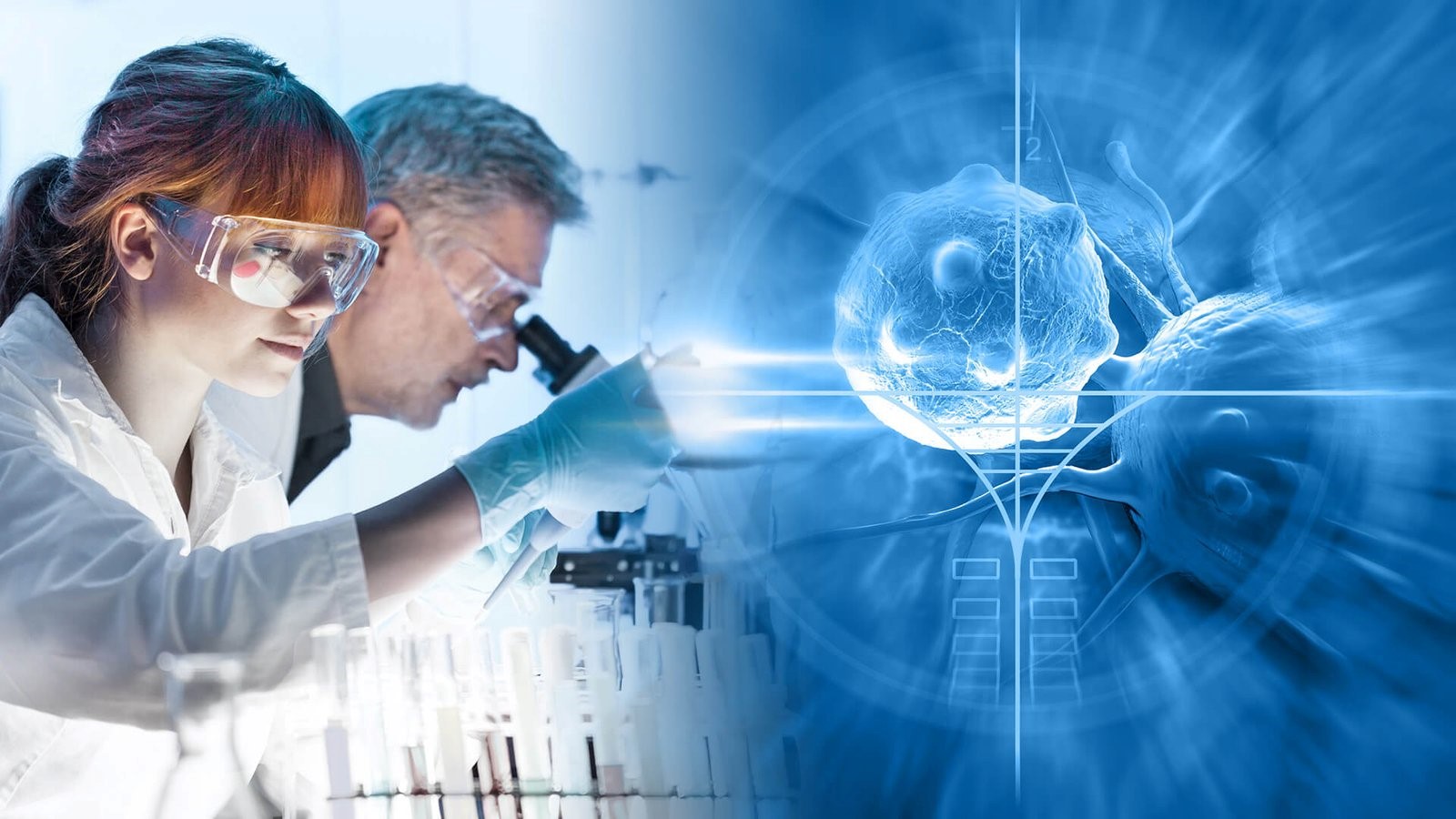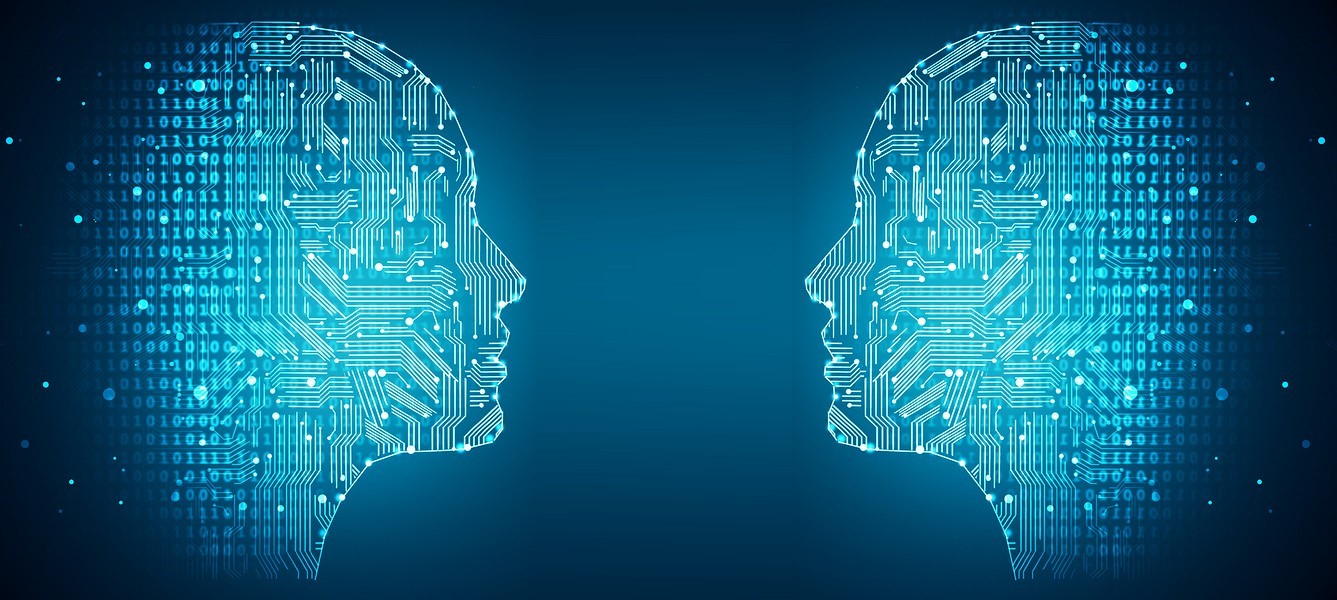In recent years, the concept of digital twins has gained significant traction across various industries, including healthcare. A digital twin is a virtual replica of a physical entity, created to simulate, predict, and optimize real-world performance. In the realm of medical research, digital twins are revolutionizing how researchers understand diseases, develop treatments, and personalize patient care. This article delves into the transformative role of digital twins in medical research, exploring their applications, benefits, and future potential.
Understanding Digital Twins
Digital twins are sophisticated models that integrate data from multiple sources, including electronic health records (EHRs), medical imaging, and wearable devices. These virtual replicas are continuously updated with real-time data, allowing researchers to simulate various scenarios and predict outcomes with remarkable accuracy. The technology underpinning digital twins encompasses advanced computational models, artificial intelligence (AI), and machine learning (ML) algorithms.
Applications in Medical Research
1. Disease Modeling and Simulation
One of the most promising applications of digital twins in medical research is disease modeling and simulation. By creating a digital twin of a patient or a population, researchers can study the progression of diseases under different conditions. For example, digital twins can simulate the impact of genetic mutations, environmental factors, and lifestyle choices on the development of chronic diseases such as diabetes, cardiovascular diseases, and cancer. These simulations enable researchers to identify potential biomarkers and therapeutic targets, accelerating the discovery of new treatments.
2. Personalized Medicine
Digital twins hold immense potential in the realm of personalized medicine. By integrating individual patient data, researchers can create personalized digital twins that reflect the unique characteristics of each patient. These twins can be used to predict how a patient will respond to different treatments, allowing for more precise and effective therapeutic interventions. For instance, in oncology, digital twins can simulate the efficacy of various chemotherapy regimens, helping oncologists tailor treatment plans to maximize efficacy and minimize adverse effects.
3. Clinical Trials Optimization
Clinical trials are a critical component of medical research, but they are often time-consuming and costly. Digital twins can streamline the clinical trial process by simulating patient responses to experimental treatments. This approach allows researchers to identify the most promising candidates for clinical trials, reducing the need for large sample sizes and shortening trial durations. Additionally, digital twins can help monitor patient adherence to treatment protocols and identify potential safety concerns early in the trial process.

Benefits of Digital Twins in Medical Research
1. Enhanced Predictive Accuracy
Digital twins leverage vast amounts of data and sophisticated algorithms to provide highly accurate predictions. This enhanced predictive accuracy is invaluable in medical research, where understanding disease progression and treatment outcomes is critical. By simulating various scenarios, digital twins can help researchers make informed decisions and reduce uncertainties in their studies.
2. Accelerated Drug Development
The drug development process is notoriously lengthy and expensive, often taking over a decade and billions of dollars to bring a new drug to market. Digital twins can significantly accelerate this process by enabling virtual testing of drug candidates. By simulating how a drug interacts with different biological systems, researchers can identify potential issues early in the development process, reducing the likelihood of costly failures in later stages.
3. Improved Patient Outcomes
Ultimately, the goal of medical research is to improve patient outcomes. Digital twins contribute to this objective by facilitating personalized treatment plans and optimizing therapeutic interventions. By predicting how patients will respond to treatments, digital twins can help healthcare providers make more informed decisions, leading to better health outcomes and reduced healthcare costs.

Challenges and Future Directions
While the potential of digital twins in medical research is immense, several challenges must be addressed to fully realize their benefits.
1. Data Integration and Interoperability
Creating accurate digital twins requires the integration of diverse data sources, including EHRs, medical imaging, and genomic data. Ensuring interoperability between these data sources is a significant challenge, as different systems often use incompatible formats and standards. Efforts to standardize data formats and improve interoperability are essential to the success of digital twin technology.
2. Privacy and Security Concerns
The use of digital twins involves the collection and analysis of sensitive patient data, raising concerns about privacy and security. Ensuring the confidentiality and integrity of patient data is paramount, and robust measures must be implemented to protect against data breaches and unauthorized access. Compliance with regulations such as the Health Insurance Portability and Accountability Act (HIPAA) is crucial to maintaining patient trust.
3. Computational Complexity
Developing and maintaining digital twins requires significant computational resources and expertise. The complexity of creating accurate models that can simulate biological processes in detail is a formidable challenge. Advances in computational power, AI, and ML are essential to overcoming these hurdles and enabling the widespread adoption of digital twins in medical research.
Conclusion
Digital twins represent a paradigm shift in medical research, offering unprecedented opportunities to understand diseases, develop treatments, and personalize patient care. By leveraging advanced computational models and real-time data, digital twins enable researchers to simulate and predict outcomes with remarkable accuracy. While challenges remain, the potential benefits of digital twins in accelerating drug development, optimizing clinical trials, and improving patient outcomes are undeniable. As technology continues to evolve, digital twins are poised to play an increasingly vital role in shaping the future of medical research and healthcare.




